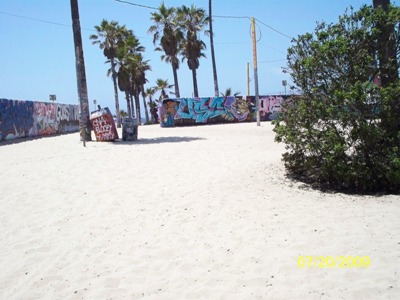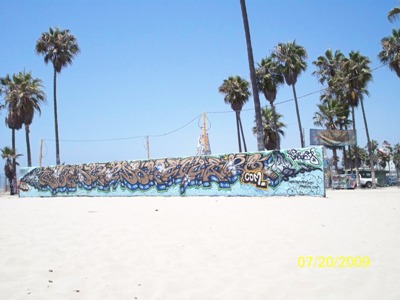|


© tt eiland, 2009 |
Urban Protest |
Urban Protest in the late 1960's and early 1970's was an offshoot of the soul music and a rising Muslim activism. ROOTS
The urban protest music scene of the 60's centered around the densely populated and mostly African American urban centers of the northeast and midwest, specifically New York and Chicago. These songs incorporated some of the social consciousness of protest folk scene with the musical sensibilities found in funk, soul and R&B. A newfound Muslim perspective added a sense of morality based on self-preservation and duty to one's culture, eliciting pride in the African American urban experience. LYRICAL THEMES
These songs depicted urban life for the black man (mostly man) matter-of-factly as a struggle with the environment itself, as well as with general oppression from the white power structure, although abuse by powerful blacks within the system was also highlighted. The economic slump of the 70's and the influx of heroin into the inner cities since the late sixties fueled a society marred by violence, drug abuse, prostitution and broken families, with an infrastructure that offered few alternatives to that lifestyle. The songs may reflect drug dealing, drug use or violence in rather objective terms, sometimes even justifying its existence in the context of the setting. Thus the lyrics tend to show lawlessness, even violence, as a requirement for survival in a hostile environment, creating pathos instead of condemnation for its perpetrators. This created a lot of grey areas in terms of morality...a moral relativism. The distinction between good and evil was often predicated on the status of the victim in relation to that of the perpetrator. The powerful taking advantage of the weak was viewed as immoral; the reverse was righteous. The music and its themes were an integral aspect of the Blaxploitation films of the early 70's (Shaft, Foxy Brown, Superfly), which depicted this hostile environment with all its warts as unapologetically as possible, creating heroic icons who engaged in criminal acts with relative impunity. These characters eventually made their way (in various forms) into mainstream film culture. WHAT TO LISTEN FOR
A deep groove, sometimes with long instrumental interludes, coupled with subdued, understated vocals by individual or group, sometimes accompanied by background effects of city life or party created a live experience. Instrumentally, electric guitar, keyboards/organs, bass and horns are commonly used with electronic effects such as wah, envelope filters, and tones from sythesizers. 4 BIG NAMES
Marvin Gaye; Isaac Hayes; Stevie Wonder; Curtis Mayfield Works Cited

© tt eiland, 2009 |
© T. T. Eiland, January 1998
Last modified: January 18, 2003
|